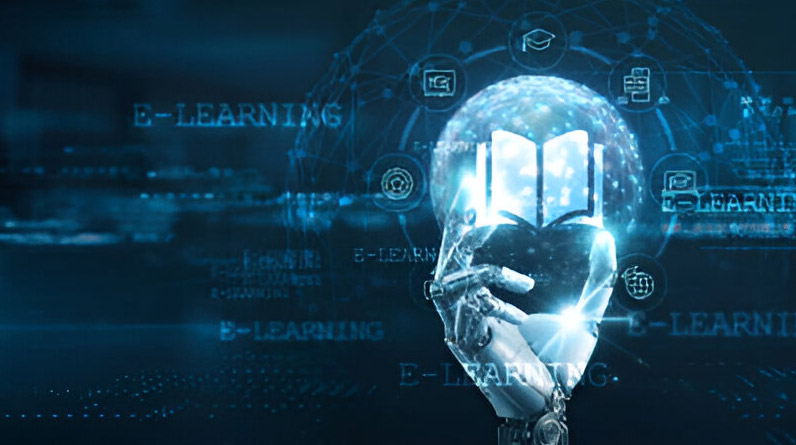Artificial Intelligence (AI) has evolved from an abstract concept into a fundamental driver of digital transformation. From powering recommendation engines and autonomous systems to revolutionizing medical research and climate modeling, AI has woven itself into the very fabric of modern innovation. Yet, beneath the surface of every intelligent algorithm lies a complex web of compute infrastructure, data ecosystems, and software frameworks that enable AI to thrive.
In the last decade, the capabilities of AI have accelerated at an unprecedented rate, thanks largely to advances in computing power and accessibility. The shift from rule-based systems to deep learning and generative models has transformed how machines understand language, vision, and reasoning.
The New Currency: Computational Power
AI models today require more than just data they demand scale. Training a state-of-the-art large language model or computer vision system involves processing enormous datasets through millions or even billions of parameters. This level of compute intensity cannot be handled by traditional IT infrastructure. Organizations are increasingly relying on specialized high-performance computing (HPC) setups, advanced GPUs, and distributed training architectures that can handle the growing complexity of AI workloads.
However, scaling compute is not as simple as adding more servers. Energy efficiency, latency, and cost management have become critical concerns. Modern AI workloads demand architectures that balance performance with sustainability. Innovations in cooling technologies, chip design, and data center efficiency are playing a key role in ensuring that the race toward more powerful AI doesn’t come at the cost of environmental impact.
Democratizing Access to AI Infrastructure
In the past, only tech giants and research institutions could afford the immense computational resources required for AI development. That narrative is changing. Today, cloud computing services have emerged as the great equalizer providing scalable, on-demand access to powerful infrastructure. Startups, research labs, and enterprises can now train, test, and deploy AI models without the burden of owning or managing physical hardware.
This democratization has accelerated innovation. With flexible consumption models, organizations can experiment freely spinning up clusters, running massive training jobs, or deploying inference pipelines all while paying only for what they use. This has also opened the door for AI adoption in sectors that were once considered slow-moving, such as healthcare, manufacturing, and government.
The Rise of Serverless AI
As AI becomes more embedded in applications and business workflows, efficiency in deployment becomes just as important as efficiency in training. Traditional infrastructure models often require pre-allocated compute resources, leading to underutilization and higher costs. This is where serverless GPU platforms are reshaping the landscape. By abstracting the underlying infrastructure, serverless architectures allow developers to focus solely on model logic and outcomes scaling resources automatically based on workload demand.
This approach not only simplifies AI operations but also optimizes cost and time-to-market. Organizations can deploy inference workloads at scale, automatically adjusting compute power as requests fluctuate. The result is an AI delivery model that’s more responsive, flexible, and financially efficient.
Bridging the Gap Between AI Research and Real-World Application
The journey from experimentation to production remains one of the biggest challenges in AI adoption. Many promising AI initiatives fail to move beyond the pilot phase due to integration complexities, lack of interoperability, or insufficient scalability. To bridge this gap, organizations are increasingly focusing on building unified data pipelines, MLOps frameworks, and robust governance practices that ensure reliability, reproducibility, and compliance.
Explainable AI (XAI) is also becoming central to this evolution. As regulatory frameworks tighten and public scrutiny grows, transparency in algorithmic decision-making is non-negotiable. Responsible AI practices encompassing fairness, accountability, and bias mitigation are essential for trust-building.
The Convergence of AI, Edge, and Quantum
AI’s future won’t be confined to centralized data centers. Edge AI is rapidly emerging as a critical paradigm, where intelligence is brought closer to the source of data. By enabling real-time inference on devices such as autonomous vehicles, sensors, and IoT gateways, edge AI minimizes latency and improves responsiveness in mission-critical scenarios.
At the same time, quantum computing is poised to push the boundaries of what AI can achieve. By leveraging quantum mechanics to process data in exponentially complex ways, it could revolutionize optimization problems, material simulations, and cryptography ushering in a new era of computational discovery.
Towards a More Intelligent, Sustainable Future
The trajectory of AI points toward deeper integration into every aspect of human endeavor. Whether it’s optimizing supply chains, predicting climate shifts, or personalizing education, AI is redefining what’s possible. But this growth must be guided by principles of sustainability, inclusivity, and shared progress.
The next decade will be marked not only by AI’s technical leaps but by how societies choose to harness it. As we stand at the edge of this intelligent revolution, the question is no longer whether AI will transform our world it’s how responsibly, equitably, and efficiently we will shape its evolution.



